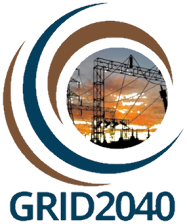Need for Decentralized Optimal Power Flow
The purpose of optimal power flow (OPF) is to achieve the best outcome possible for a given power system in terms of power loss, generation, and cost while taking inequality and security constraints into consideration [1]. Economic dispatch is concerned with determining the generating levels at which the overall cost of generation is minimized for […]
Need for Decentralized Optimal Power Flow Read More »
